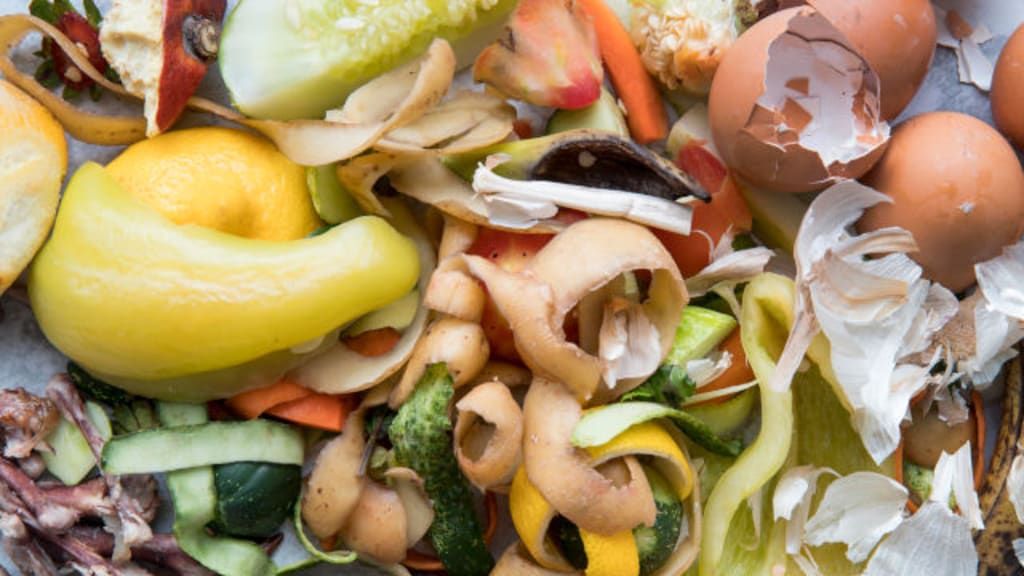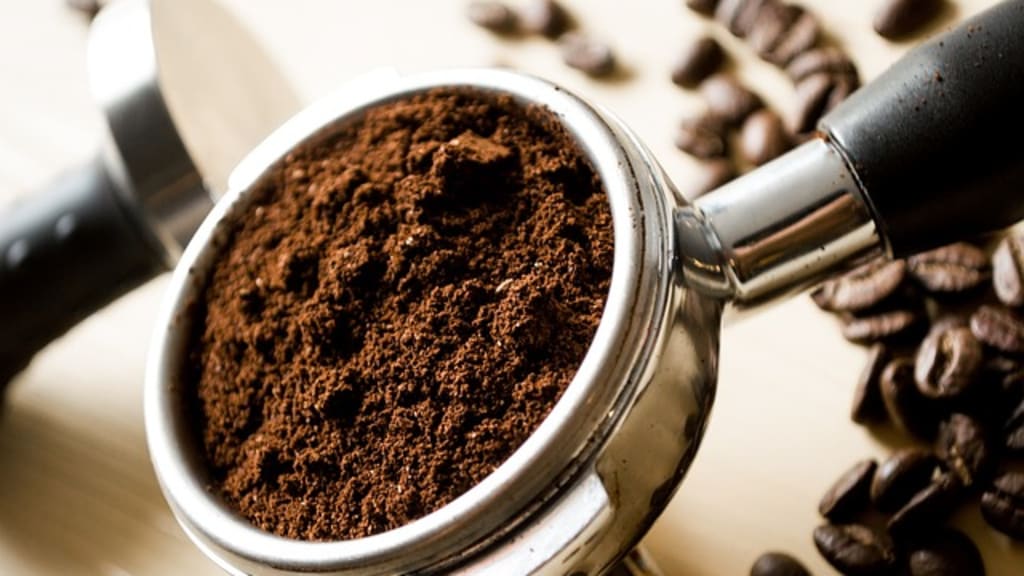
Zero waste food management involves proper planning to reduce the amount of food waste generated, finding ways to use as much as possible of every part of the ingredients and swapping ingredients to use more eco-friendly and budget friendly alternatives.
-
Buy in bulk
- Make a financial saving by buying bulk items which are available at a discount compared to smaller quantities.
- Save time and transportation costs by reducing your trips to make purchases.
- Look for stores that allow you to use your own containers
- Look out for weekly delivery veg boxes. There are companies that are committed to sustainability that will deliver to your door, use hardly any packaging or collect the packaging from you the following week.
-
Compost Most of the food waste can be composted once it can’t be used for any other purpose.
-
Stock Use leftover vegetables and vegetable trimmings such as potato/carrot peels, onion peels, garlic peels,carrot peels, celery ends to create a vegetable broth.
-
Croutons Homemade croutons are something easy and fun to make out of leftover bread. Checkout our guide to make croutons at home to go with your soups, chowder, chilli and stuffings.
-
Fruit Leather Fruit leathers are a healthy and colourful ways to repurpose over ripe or imperfect fruits that might otherwise be destined for the landfill. Check out our guide on how to make fruit leather fun treats for your family and friends.
-
Carrot
Parts of the carrot such as carrot greens, carrot tops and carrot peels which get discarded can be reused. Learn how to
- Read our guide and learn how to make pesto and soups out of carrot greens and also learn how to regrow carrot greens from carrot top.
- Read our guide on making fries from carrot peels.
-
Pineapple waste
Delicious pineapples usually produce a large quantity of waste as only about half of the fruit is edible. The rest that are left to rot in landfills produce huge amounts of greenhouse gas such as methane. Follow our guide on how to use pineapple waste to:
- Soft drink and cocktail syrup
- Pineapple Rind Tea
- Cleaning solution
- Clothing
- Fertiliser
- Disposable plates
-
Onion peels
- Yellow onion skins produce a lovely brownish-gold dye when boiled.
- Red onion skins make a pink dye when boiled.
- Easter eggs: boil the onion skin with the eggs and the eggs will turn to yellow or almost red.
- Condiments: if you have access to organic onions and garlic then try the following recipe to make condiments. Please avoid store bought onions and garlic as their peels may contain pesticides
- Eco-friendly plates Watch how eco friendly plates are made from sugarcane fibres
- Fruit glasses Watch how a juice bar in Bangalore, India is using fruit or coconut shells as containers instead of glasses or cups to serve fruit juices.
Disclaimer
This post may contain affiliate links which means we may receive a commission at no extra cost to you should you click through and make a purchase.
Note: please check the ingredients list of any products that you may wish to try and check for allergies or consult a medical professional for any existing conditions being impacted by switching to new products.
Attribution
Banner Image by FreepikPrevious

21-11-2023
Used Coffee Grounds: Unlocking VersatilityExplore ingenious ways to repurpose coffee grounds! From gardening to beauty, discover sustainable tips and DIY ideas.
Next

21-11-2023
Transform Pineapple Waste: Sustainable SolutionsExplore eco-friendly pineapple waste management! From soft drinks to clothing, discover sustainable solutions for a greener future.